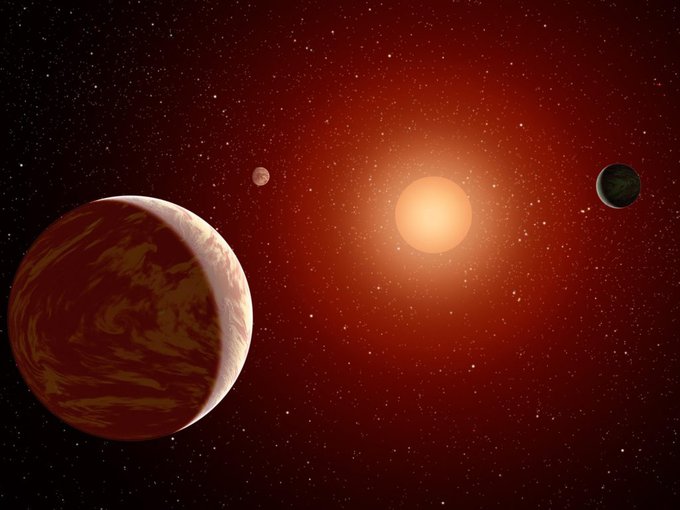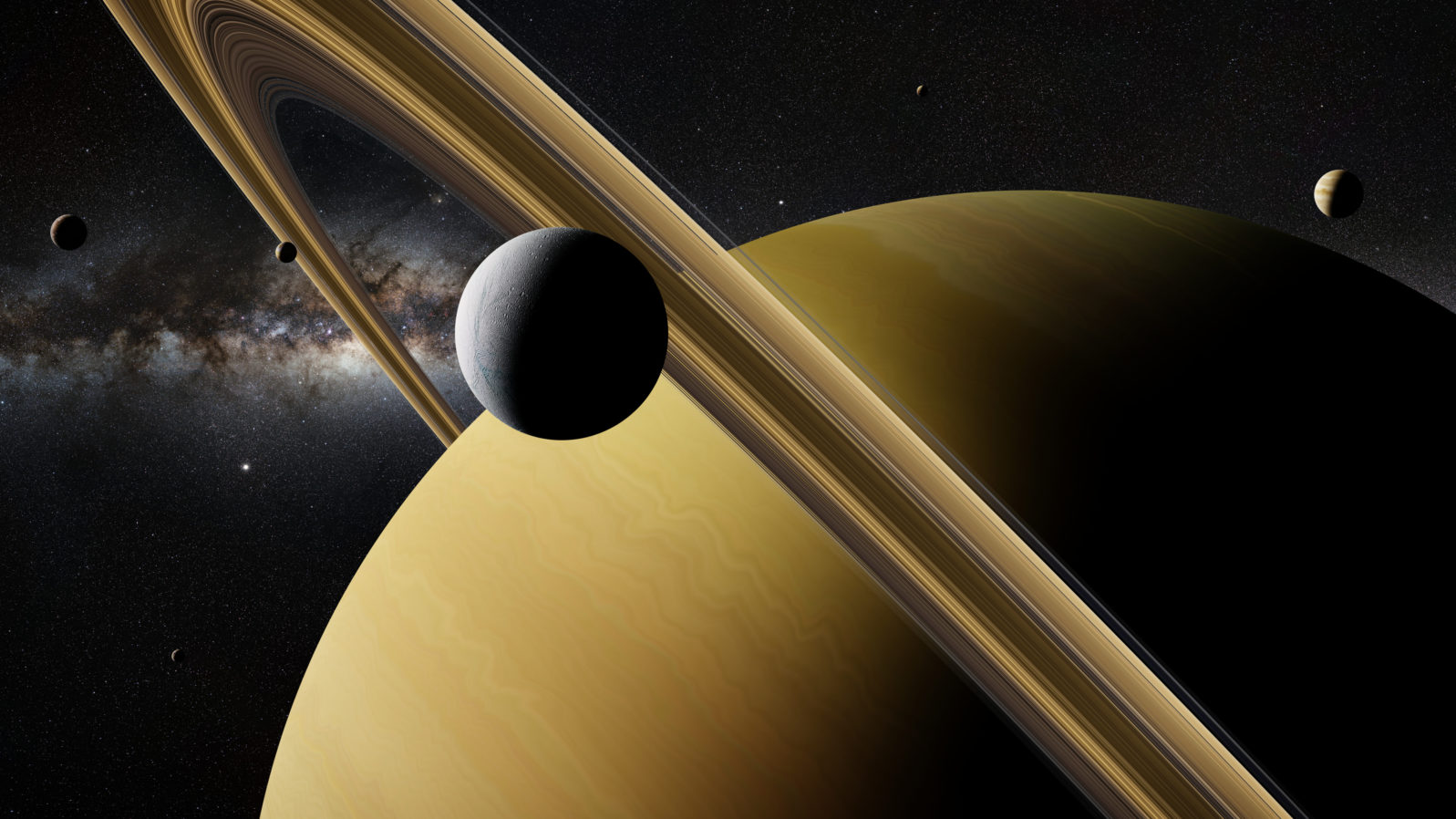News From the Search for Extraterrestrial Life 8
Saturn’s moon Enceladus may have abundant phosphorus, essential for lifeIn our universe:

Even the smallest stars could provide for habitable planets, a research group reports. They were able to get photosynthetic bacteria and red and green algae to live in light conditions that mimicked the glow from a red dwarf star. Their paper is open access. That’s important because only 8% of stars are Sun-like; 75% are red dwarfs. (Universe Today) That greatly increases the search space.
Nitrous oxide (laughing gas) could be a biosignature, along with oxygen and methane, University of California Riverside scientists suggest: “Microorganisms are constantly transforming other nitrogen compounds into N2O, a metabolic process that can yield useful cellular energy … The research team believes now is the time for astrobiologists to consider alternative biosignature gases like N2O because the James Webb telescope may soon be sending information about the atmospheres of rocky, Earth-like planets in the TRAPPIST-1 system.” Their paper is open access.
Carl Sagan (1934–1996) called Earth a “pale blue dot” as seen from space. but a team of space scientists suggests that “pale yellow dots” should also be considered when looking for life. “According to a new study, Earth-like planets with about 30% of their surface covered by exposed continental land may make up only 1% of rocky worlds in stars’ habitable zones, the areas around stars where liquid water can exist on a planet’s surface. Instead, roughly 80% of potentially habitable worlds are completely dominated by land, and about 20% are purely ocean worlds, the study found.” – Keith Cooper, Space.com. If mostly land, they probably wouldn’t be blue but they might still have life, if other conditions are met. Here’s the conference abstract.
In our solar system
A recent study suggests Saturn’s moon Enceladus may have abundant phosphorus, one of the organic elements, which boosts its chances for life: “The new study shows that phosphorus could be more available in Enceladus’ ocean than previously thought. In fact, the results indicate that the moon’s subsurface waters might be rich in dissolved phosphorus, providing further evidence that Enceladus could be habitable and that life in the ocean would not be limited by the availability of this important molecule.” – NASA Astrobiology
The paper is open access.

in an image obtained by Juno’s Stellar Reference Unit (SRU)
during the spacecraft’s Sept. 29, 2022, flyby/
NASA/JPL-Caltech/SwRI
Here’s the most detailed picture to date of Jupiter’s moon Europa: “The highest-resolution photo NASA’s Juno mission has ever taken of a specific portion of Jupiter’s moon Europa reveals a detailed view of a puzzling region of the moon’s heavily fractured icy crust.”
You can find out where Juno is at any given time here.
Closer to home:
Trust Mars to surprise/disappoint: “Mysterious reflections on Mars might come from something stranger than water Scientists hoped it was a lake under the ice, but it may just be a mirage.” Elizabeth Rayne, Space.com A number of substances can create reflections that could be interpreted as water …
Next door: A supercomputer simulation suggests that the Moon could have formed in a few hours: “The moon could have formed immediately after a cataclysmic impact that tore off a chunk of Earth and hurled it into space, a new study has suggested.” – Ben Turner, LiveScience
That’s not really about extraterrestrial life but it’s hard not to notice… The paper is open access.
As often pointed out here, one reason for reasonably believing that there is life on exoplanets, exomoons, or other planets’ moons in our solar system is that the universe is fine-tuned for life. Here’s another example:
For example, our Universe happens to be neutrally charged. For some reason, there happens to be a near-identical number of protons to cancel out each electron’s charge; add a few more electrons and it would be negative, forcing clumps of matter to push itself apart.
Mike McRae, “Our Universe Is Finely Tuned For Life, And There’s an Explanation For Why That Is So” at ScienceAlert (November 22, 2021)
Here’s last Saturday’s roundup: News from the search for extraterrestrial life 7 Venus is back in the news, for what it can teach us about what can go wrong with Earth. Meanwhile, we took out an asteroid and thus avoided the fate of the dinosaurs
